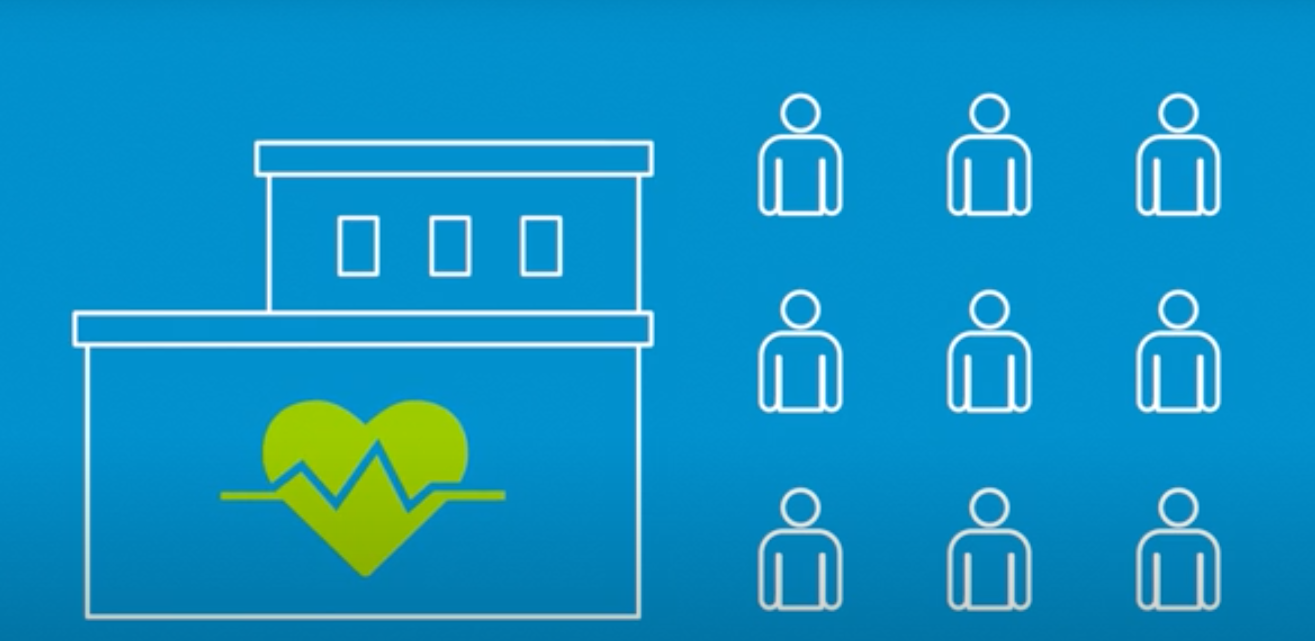This is Part 2 of the Measuring Financial Health series. See Part 1: Introducing the Financial Health Network Financial Health Score® Toolkit for more background on one easy way you can start measuring financial health within your organization.
From where I sit as a Director at the Financial Health Network, I’ve witnessed a quiet revolution as financial service providers have begun to orient themselves around their customers’ financial health. I had the pleasure of hosting a webinar with a group of these innovative companies who are using Financial Health Network’s financial health framework to take the first steps toward improving their customers’ financial health. During our conversation, we discussed six best practices for getting started. I hope you find these tips helpful as you think about orienting your own business around your customers’ financial health:
1) Your company’s goals should inform your financial health measurement strategy.
Regions Bank, a large regional bank with 1,500 branches across the Southeast, sought to better understand its customers’ financial needs in order to inform the strategic direction of the Now Banking unit. Michael Cyr, Vice President of Now Banking, knew he needed to collect data that was representative of the bank’s customer base in order to reliably guide the bank’s strategic direction. To that end, Michael’s team fielded the eight multiple-choice questions from the Financial Health Network Financial Health Score ® Toolkit to 10,000 customers. Based on the success of this initial pilot, Michael’s team is planning to field the survey to 80,000 additional customers to generate statistically representative insights across Now Banking’s customer base. The bank will use these insights to assess gaps in its product suite and inform the development of new features and functionality on existing offerings.
2) Offering incentives and developing the right framing can boost response rates.
SafetyNet LLC, a start-up that offers customers protection against job loss and disability, was also hoping to better understand the needs of its customer base to inform business strategy. The company fielded the eight multiple-choice questions from the Financial Health Network Financial Health Score ® Toolkit to broadly understand its customers’ financial lives. More than one thousand customers responded to the survey, yielding a staggerly high response rate of 45%. Rich Fischer, Director of Innovation at SafetyNet, partly attributes this high response rate to incentives; customers were initially offered $50 to complete the survey, which was later changed to $25, due to high response rates. However, even without offering an incentive, Rich believes that a significant number of customers would be likely to complete the survey because SafetyNet communicated that the survey would allow it to help customers lead financially healthy lives.
3) Customer interactions must go beyond sharing a score and should include actionable advice and ongoing follow-up.
Wright-Patt Credit Union, a credit union that serves members in central and southwestern Ohio, is piloting a coaching program in five of its member centers in Columbus. Through the “Money Magnifier™” program, financial coaches use the Financial Health Network Financial Health Score ® Toolkit to engage members in a dialogue about their financial health. Tracy Szarzi-Fors, Vice President of Marketing at Wright-Patt Credit Union, explained that coaches have decided not to share financial health scores with customers because numeric assessments may discourage struggling individuals. Instead, coaches are sharing financial health assessments using a color scheme: green for “healthy,” yellow for “coping,” and red for “vulnerable.” After providing an initial diagnosis, coaches work with members to develop actions plans that outline concrete steps they can take to improve their financial health.
4) Transactional data can augment survey data and provide additional insights into customers’ financial health.
Regions Bank is planning to leverage its wealth of customer-level transactional, account, and demographic data to gain deeper insights into the financial health of its customer base. Michael’s team will compare survey responses with these data points to build predictive business rules to segment customers into financial health segments. In so doing, Regions Bank will be able to assess the financial health of its entire 2 million customer base without having to field a survey. Michael pointed out that this exercise will not be without hurdles — accessing data at a large financial institutions can be challenging — but he’s optimistic that his team can derive meaningful insights from the data and excited to begin the work.
5) Ongoing tracking can help your company understand whether its making a difference in your customers’ lives.
After six months, Wright-Patt Credit Union financial coaches follow up with members who completed an action plan as part of the “Money Magnifier™” program to assess progress against their goals. In addition to discussing members’ progress, coaches are instructed to re-score members using the red/green/yellow color coding, so the credit union can track the impact of the program over time. But getting members to return for these follow-up conversations can be challenging. Tracy said her team is thinking about automating the re-scoring process so members can respond to an online or mobile survey. The team is also thinking about offering a $25 gift card to incentivize customers to return for follow-up conversations with their coach.
6) There’s no right way to get started; quick wins can help secure buy-in.
Michael at Regions Bank and Tracy at Wright-Patt Credit Union first implemented a pilot to secure buy-in, while Rich at SafetyNet “decided to just go for it.” While each company began their measurement work in a different way, a few common themes emerged from our discussion:
-
- Engaging stakeholders across your institution early in the process is key to generating buy-in. Michael shared results from the pilot with teams across Regions Bank, while Tracy formed a committee to launch the initiative.
- Qualitative data such as verbatims from surveys, interviews, or focus groups can make the numbers come alive. Michael saw high engagement on an open-ended question about financial health; approximately 30% of Regions Bank’s respondents from across the financial health spectrum offered a response to that question.
- And of course, it’s important to seize opportunities as they arise. Tracy did this by capitalizing upon the opening of new member centers in Columbus to launch the “Money Magnifier™” program, while Rich recognized that the opportunity costs of failing to collect financial health data outweighed the challenges of doing so.
If you would like to learn more about how Michael, Rich, and Tracy launched their respective financial health measurement programs, I encourage you to listen to the full recording of our conversation. As you think about your own financial health measurement strategy, please don’t hesitate to reach out if Financial Health Network can help you incorporate these best practices into your approach.

